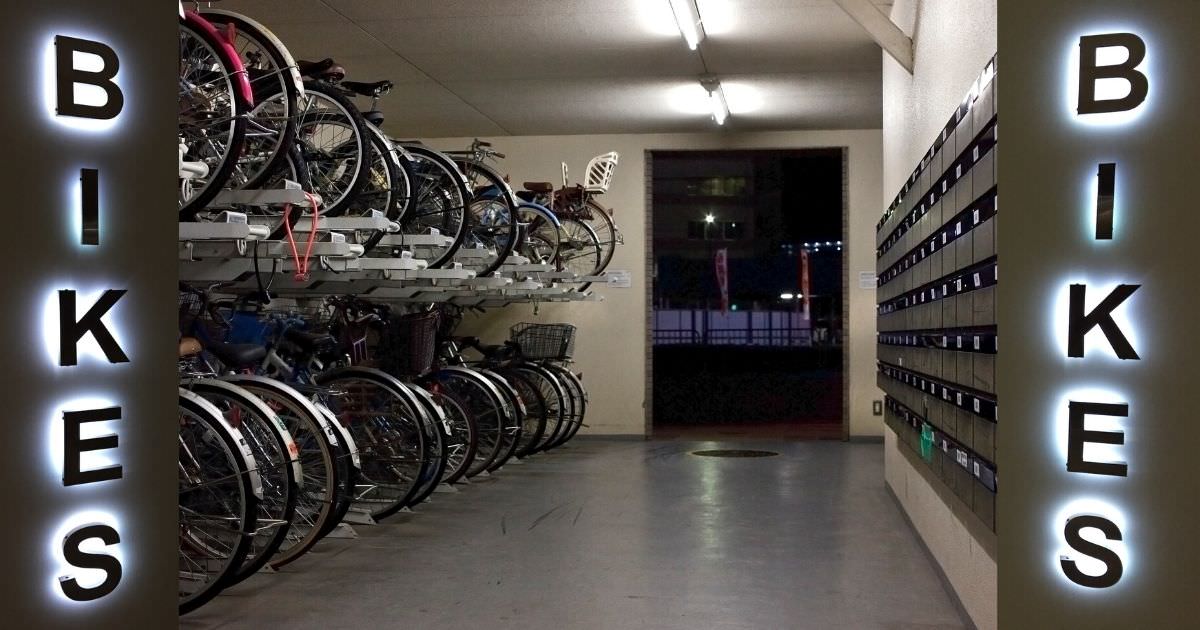Covid-19 has had a dramatic impact on transportation patterns throughout the world. One of the more notable changes has been the increase in the number of people biking.
In fact, Bloomberg reported in May 2020 that bike sales are surging during the coronavirus pandemic due to a desire for more exercise, stress relief, and an alternative to transit: “More than 80% of Americans see cycling as safer than taking public transportation.”
For property management professionals, this trend presents challenges, including questions such as:
- How can properties accurately measure and forecast the increase in biking to work?
- To what extent should properties expand their biking facilities?
- How can you determine if they will have enough bike parking?
In a recently released report titled “Transportation, Office Assets, and COVID-19” and co-authored and researched by real estate firm Newmark Knight Frank and Wells + Associates, one finding is clear: “Most property management professionals are uncertain about how commute patterns may change in the coming year… However, an emerging trend to watch is an increase in bicycle storage among urban properties, likely a response to concerns about the safety of mass transit.”
“Most property management professionals are uncertain about how commute patterns may change in the coming year… However, an emerging trend to watch is an increase in bicycle storage among urban properties, likely a response to concerns about the safety of mass transit.” – “Transportation, Office Assets, and COVID-19” report by Newmark Knight Frank and Wells + Associates
Measuring the Increase in Biking to Work
One way to measure biking usage is with bikeshare systems. Bikeshare is a system of self-service, automated bike rentals that are either membership-based or run on a pay-per-use basis. According to ArborBike in Ann Arbor, Michigan, “Roughly 250+ cities across the U.S. that have launched bikeshare systems since its introduction in 2010.” So, bikeshare is an important indicator of bicycling trends.
Bikeshare is also measured by local governments across the country. One indicator is Houston’s bikeshare system, BCycle, which has experienced “a steady increase over the years, but did not expect to see such a spike in the midst of the pandemic. More than 33,000 rides were recorded in May of this year, which is an all-time high.”
It is important to note that Houston is often considered one of the more auto-oriented cities in the country. So if bikeshare is on the increase during Covid-19 in Houston, imagine what is happening in other cities that are more friendly to shared mobility.
Of course, we have already noted the increase in bicycle sales above, as reported by Bloomberg.
Properties Already Taking Action on Bike Storage
Real estate companies have already begun designing expanded bike storage facilities at their more urban properties in anticipation of the increased demand for bicycles.
Shane McLaughlin, senior vice president with Beacon Capital Partners, recently stated:
“We worked with Wells + Associates to analyze our portfolio in 10 regions across the country. We used that analysis to forecast which properties are most likely to experience an increased demand for bike parking. Once we identified properties with most potential for an increase demand for bike parking, we cross referenced it to our bike parking supply to see if we’d have enough.”
Trend analysis is one way to forecast demand. Another is to survey tenants to determine what is really going on inside their minds during Covid-19. For example, Beacon is now surveying tenants in buildings where demand is likely to exceed supply. The goal of these surveys is to confirm how tenants intend to commute to the property when they return to work and make sure the bike storage constructed is right-sized.
How to Determine If Your Property Will Have Enough Bike Parking
Real estate developers and property management firms have options when it comes to determining demand for new or expanded biking facilities and storage. Properties can:
- Inventory the quantity of bicycles that can be stored at their site
- Quantify pre-Covid-19 utilization rates of bike storage facilities at their site
- Forecast growth in bike storage demand by using BikeScore and US Census Data
- Survey tenants at their property to confirm their commute intentions when they return to the office and refine bike storage demand forecasts
- Work with a bike storage design professional to assess optimal space to locate bicycle storage as well how much bike storage can be fit into a given space
Please contact our transportation demand management (TDM) team for further insights in how you can be ready for the changes in transportation patterns at your properties during Covid-19.

